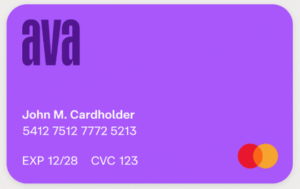It’s important to monitor your credit reports regularly to ensure the accuracy of the information and track the status of any charge-offs.
Charge-offs typically remain on your credit report for seven years from the date of the first missed payment that led to the charge-off.
Charge-off removal date does not change
The date a charge-off is scheduled to be removed from your credit history should not change even if the account has been sold or transferred to a collection agency.
That means once the time period for reporting the charge-off has passed, that account, along with any related collection account, must be deleted from your credit history.
When an account is charged-off it means the creditor no longer deems the account an asset; therefore, it is removed from the creditor’s accounting ledger. The unpaid account is moved to the non-asset (bad debt) column.
Time limit for creditors reporting a charge-off. Creditors are required to report to the credit bureaus the date of first delinquency (the date you first went delinquent and no further payments were made) no later than 90 days after reporting a charge-off.
Removal date may differ by a few months for each credit bureau. Experian, Transunion and Equifax generally calculate the removal date as 7 years from the date your creditor reported the date of first delinquency.
Why the date of delinquency is important
The date of first delinquency helps the credit bureaus calculate the credit reporting time period which is 7 years from the date of first delinquency.
If the credit bureaus continue to report the charge-off past the 7 years from the date you made the last payment, then that is a violation of the FCRA and re-aging has occurred. Most negative credit only remains 7 years on your credit history.
Re-aging is a serious violation. At this point you can make complaints to your state attorney general, the Consumer Financial Protection Bureau and the Better Business Bureau.
Charge-Off Frequently Asked Questions
It’s more difficult, but not impossible. Some lenders specialize in working with borrowers that need loans for bad credit.
It’s difficult to remove a valid charge-off. You can try negotiating with the creditor or collection agency for a “pay for delete” agreement, where they remove the charge-off in exchange for payment, but this isn’t always successful. Here are several charge-off dispute strategies that may apply to your situation.
First, verify that the charge-off is accurate. If there are any errors reporting you have the basis for submitting a dispute. You can find several strategies to dispute charge-off accouts here.
If the charge-off is accurate, consider paying it off, negotiating with the creditor or collection agency, or seeking professional credit repair.
























